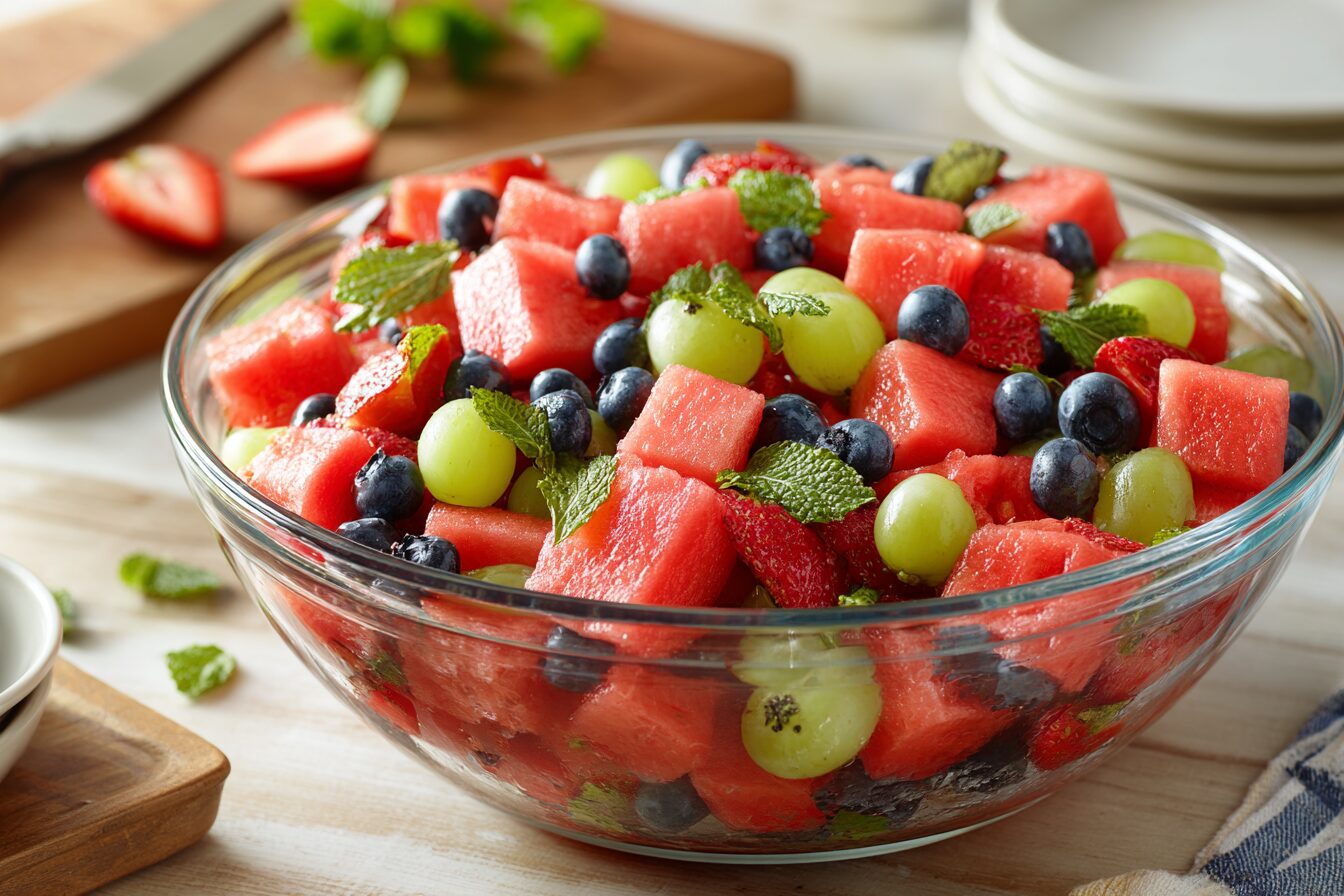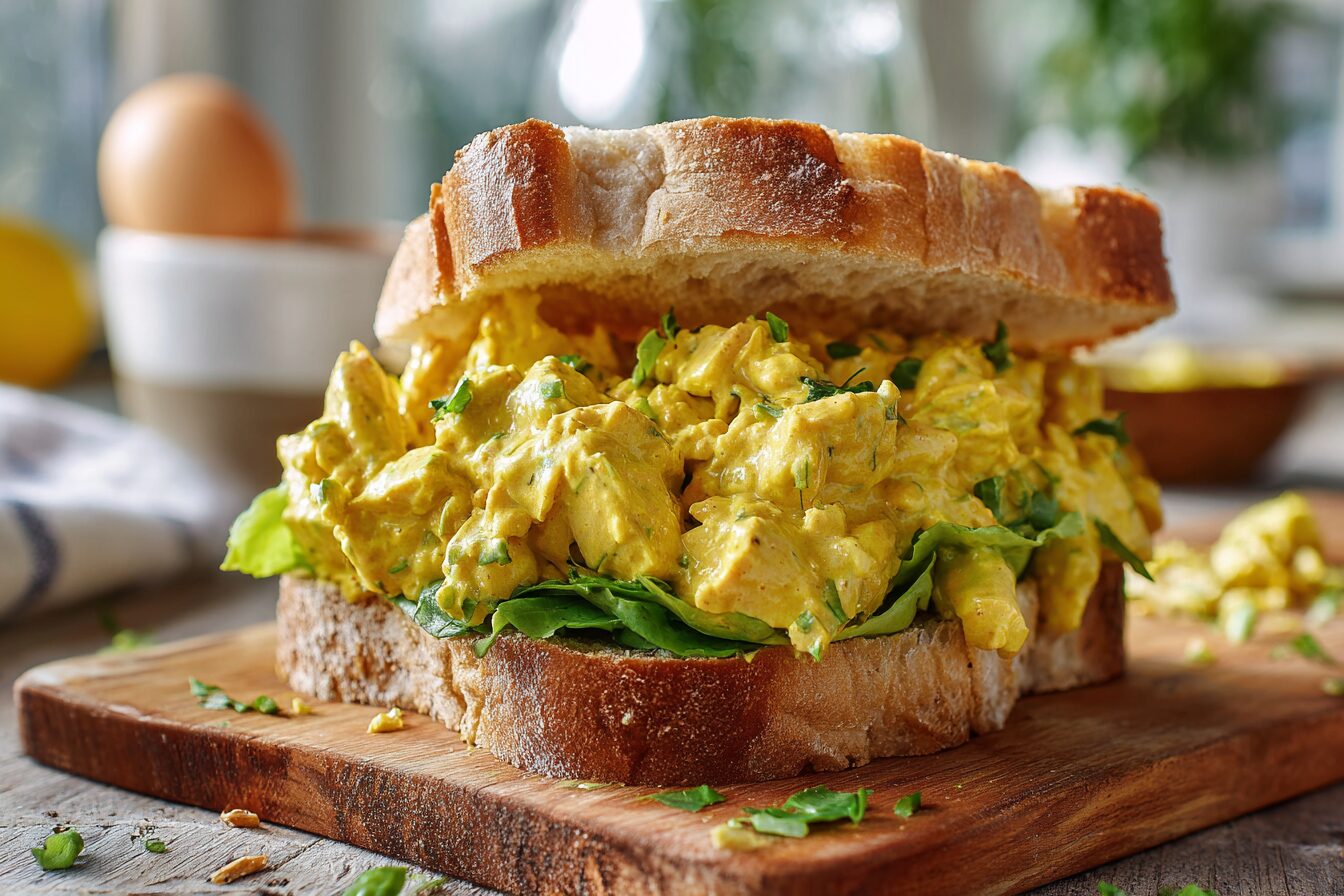Walking into an Irish pub can feel like stepping into a warm embrace, but ordering the wrong thing might leave you disappointed or even embarrassed. Many dishes Americans think are traditionally Irish actually have little connection to Ireland, while others carry controversial histories that could make locals cringe. Understanding what to skip and what to savor can transform your pub experience from awkward tourist moment to authentic Irish enjoyment.
Irish car bomb cocktails reference tragic history
This popular American drink combines Jameson whiskey, Baileys Irish cream, and Guinness in a dramatic bomb shot presentation. The problem isn’t the ingredients – it’s the name that references actual car bombings during The Troubles, one of Ireland’s bloodiest periods. Imagine someone walking into an American bar and ordering a “Twin Towers” cocktail – that’s how offensive this sounds to Irish people.
Some establishments now call it a “Dublin drop” or “Irish slammer” to avoid the controversy. Even with these alternatives, many Irish bartenders still find the drink distasteful. The three ingredients taste better enjoyed separately anyway – sipping quality Jameson neat or enjoying a proper pint of Guinness shows more respect for Irish drinking culture.
Black and tan drinks carry military connotations
This layered beer drink looks impressive with its dark stout floating over pale ale, but the name refers to British military recruits during Ireland’s War of Independence. The “Black and Tans” were notorious for their brutal tactics against Irish civilians, making this another accidentally offensive order. The drink itself tastes fine – it’s just the historical baggage that creates problems.
Asking for a “half and half” gets you the same layered effect without the political implications. Most Irish bartenders understand this alternative name and appreciate the cultural sensitivity. The combination of Guinness over Harp or Bass creates a beautiful visual presentation that’s Instagram-worthy without being historically insensitive.
Green beer screams American tourist trap
That bright green beer flowing on St. Patrick’s Day might look festive, but it’s about as Irish as fortune cookies are Chinese. This American invention dates back to 1914 in the Bronx and gained popularity in the 1950s. In Ireland, St. Patrick’s Day traditionally focuses on religious celebration rather than alcohol-fueled partying, and the original color associated with St. Patrick was actually blue, not green.
The food coloring used to create green beer often comes from cheap lagers that taste terrible to begin with. Instead of this Americanized creation, try authentic Irish beers like Murphy’s, Smithwick’s Red Ale, or Sullivan’s. These brews showcase actual Irish brewing heritage and taste infinitely better than artificially colored light beer.
Corned beef and cabbage isn’t actually Irish
This dish sits at the center of most American St. Patrick’s Day celebrations, but it’s more Irish-American than authentically Irish. Back in Ireland, cattle were primarily used for dairy production and field work, not food. Irish farmers in the 16th and 17th centuries actually salted and sold corned beef to English and French navies as a way to make money, but they rarely ate it themselves.
The version Americans know today developed when Irish immigrants settled alongside Jewish communities in American cities. They discovered that Jewish delis sold corned beef similar to what they’d once produced for export, leading to the Irish-American tradition we know today. While there’s nothing wrong with enjoying this dish, ordering it at an Irish pub shows you don’t understand authentic Irish food culture.
Beef stew belongs more to English cooking
Many Americans assume beef stew must be Irish because it contains potatoes, but traditional Irish stew uses lamb or mutton instead. Sheep farming has dominated Irish agriculture for centuries because sheep thrive in Ireland’s climate and terrain. Beef became more common only after English occupation, and even then, most Irish people couldn’t afford to eat the beef they raised for their English landlords.
Authentic Irish stew also uses different thickening methods than beef stew. While beef stew relies on roux (flour and fat mixture), Irish stew gets its body from mashed potatoes mixed into the broth. The original Irish version contained only lamb, potatoes, carrots, and onions – simple ingredients that working-class families could afford and that showcased the natural sheep-farming heritage of Ireland.
Cottage pie uses beef instead of lamb
The confusion between cottage pie and shepherd’s pie trips up many pub-goers. Remember that shepherds herd sheep, so shepherd’s pie should contain lamb or mutton. Cottage pie, made with minced beef and topped with mashed potatoes, gets its name from the humble dwellings of poor Irish Catholics under British rule. However, historically, those cottage dwellers would have been more likely to eat mutton than expensive beef.
Most cottage pies served in Irish pubs today actually represent British cooking more than Irish tradition. If you want something authentically Irish with that same comforting potato topping, ask for shepherd’s pie made with lamb. The tender meat, rich gravy, and fluffy potato layer create the same satisfying experience while honoring actual Irish food heritage.
Plain boxty offers too much starch overload
Boxty resembles a cross between bread and potato pancakes, made with raw grated potatoes, mashed potatoes, buttermilk, flour, and baking powder. Traditionally eaten at breakfast to fuel long workdays, this heavy dish can leave modern diners feeling overstuffed when ordered alongside other pub fare. The dense, starchy texture works better for manual laborers than people planning to sit and socialize after dinner.
However, many Irish pubs now create elevated versions stuffed with goat cheese, salmon, chicken, or mushrooms. These modern interpretations transform basic boxty into something worth ordering. If you see stuffed boxty on the menu, it might be worth trying – but skip the plain version unless you’re planning to plow fields afterward.
Crisp sandwiches cost too much for simple ingredients
This beloved Irish comfort food consists of thick bread, Irish butter, and crunchy potato chips (crisps) – that’s it. The combination tastes surprisingly satisfying, offering contrasting textures of soft bread and crispy chips with rich, creamy butter. The dish supposedly originated in the 1960s when an Irish mother needed to feed 18 hungry children on a tight budget, proving that necessity truly is the mother of invention.
The problem with ordering crisp sandwiches at pubs isn’t taste – it’s value. Why pay restaurant prices for something that costs pennies to make at home? A loaf of bread, pack of crisps, and butter from any grocery store lets you make dozens of these simple sandwiches for less than one pub portion. Save your money for dishes that require actual cooking skills or expensive ingredients.
Regular cocktails ignore Irish specialties completely
Ordering your usual martini, cosmopolitan, or margarita at an Irish pub misses the entire point of visiting one. These establishments specialize in Irish whiskey, which offers smooth, mellow characteristics perfect for newcomers to whiskey drinking. Irish whiskey undergoes triple distillation and uses barley instead of corn, creating a gentler introduction to whiskey than bourbon or rye varieties.
Irish coffee represents the perfect compromise for cocktail lovers wanting to experience Irish drinking culture. This warming blend of hot coffee, Irish whiskey, sugar, and whipped cream originated in Ireland and showcases the country’s whiskey-making expertise. Many Irish pubs take pride in their whiskey selection and coffee preparation, making this order much more worthwhile than generic cocktails they might not even make well.
Avoiding these common ordering mistakes helps you experience authentic Irish pub culture while showing respect for Irish history and traditions. Focus on lamb-based dishes, traditional Irish whiskey, and foods that actually originated in Ireland rather than Irish-American interpretations. Your wallet and taste buds will thank you for skipping overpriced tourist traps in favor of genuine Irish hospitality and heritage.













